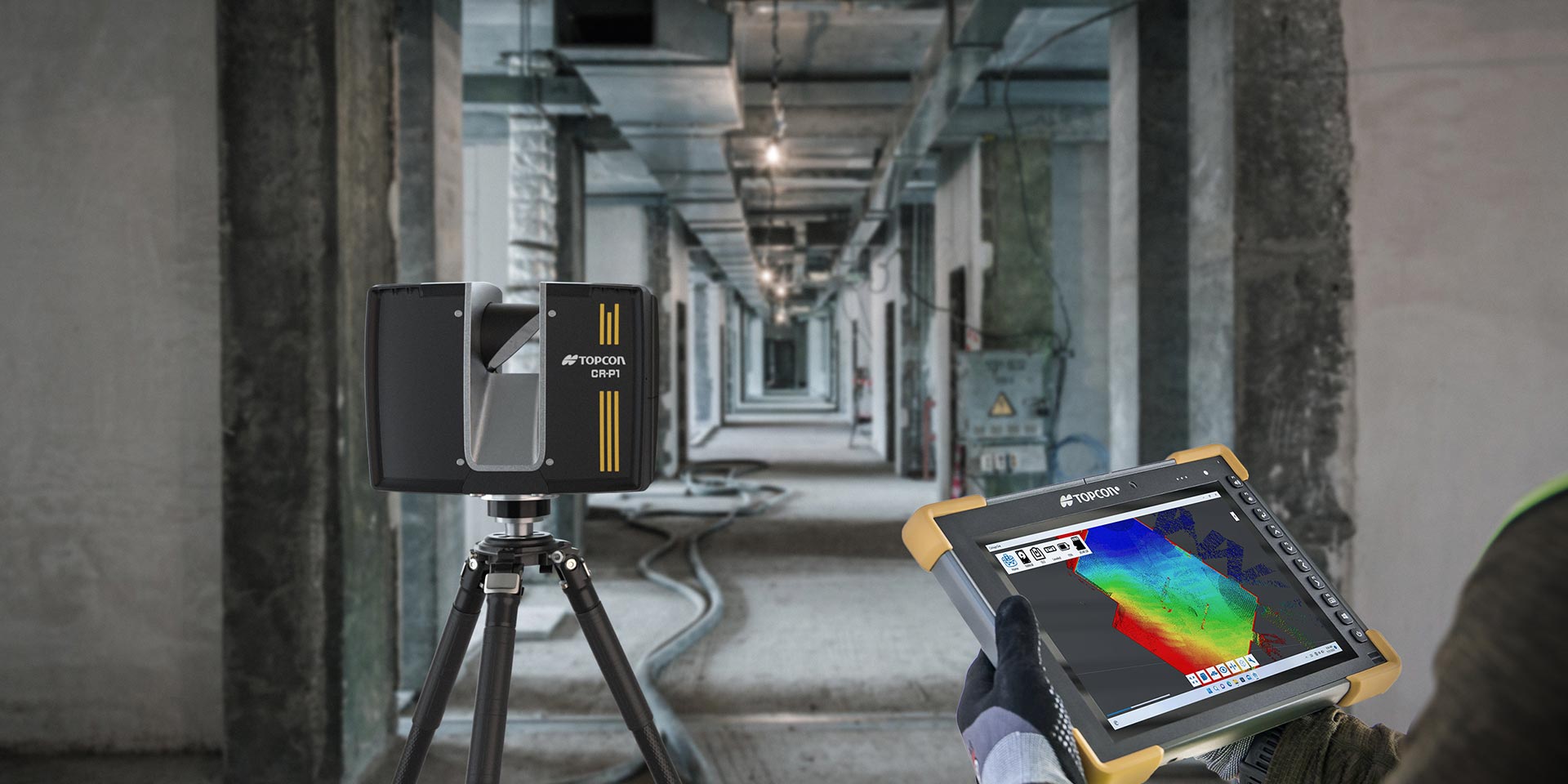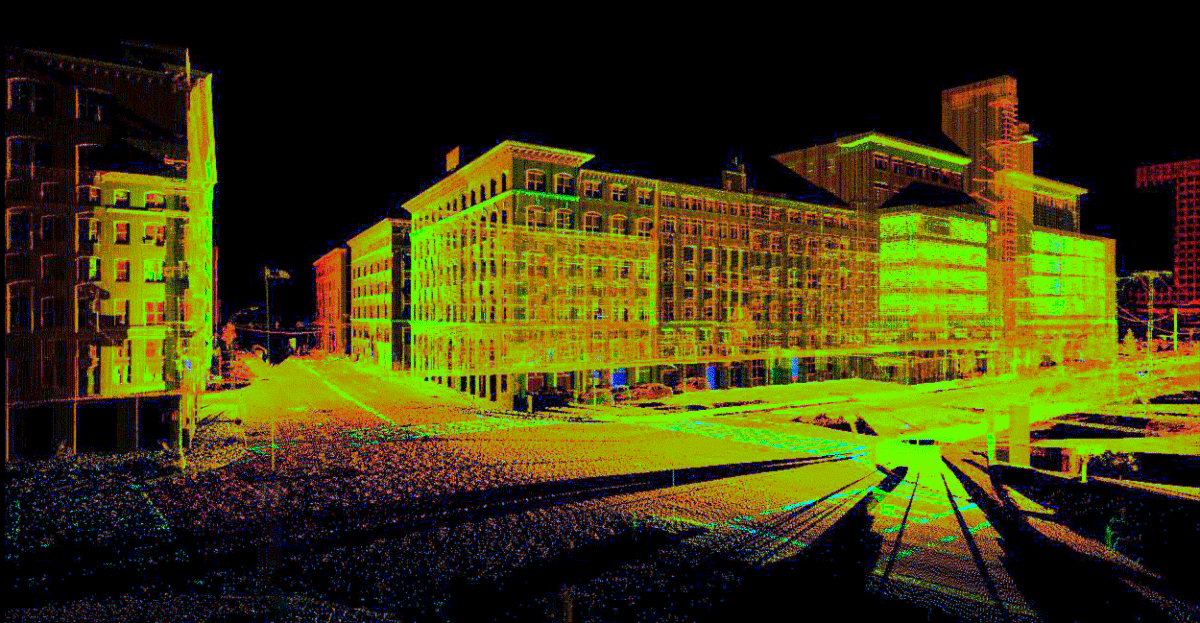How 3D Laser Scanning Revolutionizes Architectural Style and Building Projects
3D laser scanning is transforming the landscape of architectural layout and building. This innovation offers unrivaled precision in recording existing settings, which facilitates better job planning and execution. It decreases mistakes while enhancing efficiency in various stages of growth. The effects for collaboration amongst designers, engineers, and other stakeholders are significant. These advancements unlock to brand-new style possibilities and cutting-edge remedies. What lies ahead for this evolving modern technology?
The Basics of 3D Laser Scanning Innovation
3D laser scanning innovation may appear complex, its core principles are straightforward and transformative for building layout. This technology employs laser light beams to catch specific dimensions of physical structures, producing a detailed point cloud that stands for the scanned atmosphere. A laser scanner gives off quick pulses of light, gauging the time it considers the light to return, which permits for the estimation of distances with amazing precision.
The resulting point cloud can be transformed right into a 3D model, supplying engineers with indispensable aesthetic data. This design makes it possible for professionals to analyze and manipulate layout elements within their tasks, enabling for ingenious options and boosted visualization. By using 3D laser scanning, architects can much better understand the status quo of a website, ensuring that brand-new layouts harmonize with their environments. This integration of technology into building style notes a considerable improvement, promoting imagination and accuracy in the area.

Enhancing Accuracy and Effectiveness in Architectural Projects
As architectural tasks significantly demand precision and rate, 3D laser scanning emerges as a crucial tool in boosting both accuracy and effectiveness. This technology records millions of data points in a brief duration, developing precise and detailed 3D versions of existing structures. The capacity to get precise dimensions decreases the threat of mistakes during the style phase, enabling architects to imagine their projects with unmatched clearness.
Moreover, the rapid data collection process lessens the time spent on-site, allowing groups to concentrate on analysis and layout enhancements. With real-time data schedule, adjustments can be made quickly, advertising a much more streamlined workflow. The assimilation of 3D laser scanning right into building practices not only boosts dimension precision however also boosts the overall task timeline, assisting in quicker decision-making. In an industry where accuracy is crucial, this innovation stands as a transformative pressure, raising the criteria of architectural design and building jobs.
Streamlining Collaboration Amongst Stakeholders
While conventional architectural processes often include fragmented communication amongst stakeholders, 3D laser scanning promotes a much more cohesive collective atmosphere. By giving specific, high-resolution information, this technology allows engineers, professionals, designers, and customers to run from a unified point of recommendation. The thorough visualizations generated with laser scanning remove ambiguities and false impressions, ensuring that all parties have accessibility to the very same information.
This openness boosts decision-making and encourages prompt feedback, as stakeholders can quickly imagine design elements and spatial relationships. Furthermore, the integration of 3D scanning information into Building Details Modeling (BIM) systems better enhances cooperation, allowing for real-time updates and alterations. Such smooth communication not just reduces conflicts yet additionally speeds up job timelines, as all stakeholders stay lined up throughout the style and building stages. Eventually, 3D laser scanning changes standard process into a much more collaborative and view it now reliable procedure, profiting all celebrations included.
Unlocking Creative Possibilities in Layout
By making it possible for engineers to picture complicated complex information and spatial connections, 3D laser scanning reveals imaginative opportunities in style. This technology enables exact mapping of existing atmospheres, enabling engineers to discover ingenious concepts that could have formerly seemed not practical. With highly exact information, designers can experiment with unusual types and materials, pressing the limits of conventional style.
Additionally, the integration of 3D laser scanning right into the style procedure cultivates cooperation among multidisciplinary groups, encouraging the exchange of concepts and boosting creativity. The detailed visualizations produced by this technology not only aid in recognizing possible style obstacles yet additionally motivate services that may not have been considered. As a result, designers can develop extra engaging and dynamic rooms that resonate with customers while satisfying functional requirements. Inevitably, 3D laser scanning transforms the architectural landscape, empowering developers to recognize their visions with unprecedented precision and creative thinking.
The Future of 3D Laser Scanning in Architecture and Construction
The combination of 3D laser scanning into architectural layout not only enhances imagination yet also establishes the phase for its developing duty in the future of architecture and building and construction. As modern technology breakthroughs, the precision and efficiency of laser scanning will certainly remain to boost, making it possible for builders and designers to develop a lot more complicated layouts with accuracy - 3D Scanning. Using this technology in real-time data collection will promote far better decision-making, decreasing mistakes and enhancing operations
Future applications may consist of virtual and augmented truth assimilations, permitting stakeholders to visualize projects in immersive environments. On top of that, as sustainability becomes a priority, 3D laser scanning will certainly sustain the growth of energy-efficient styles by supplying comprehensive insights right into existing frameworks. As cooperation among numerous self-controls ends up being even more vital, the capability to share precise 3D models will certainly foster advancement and boost task results. Eventually, 3D laser scanning will redefine standards in building design and construction techniques.
Often Asked Concerns
What Is the Cost of Executing 3D Laser Scanning Technology?

How Lengthy Does a Normal 3D Laser Scanning Project Take?
A typical 3D laser scanning job can take anywhere from a few hours to numerous days, my company depending upon factors such as the see here task's size, complexity, and the degree of information needed for exact information capture.
What Kinds Of Projects Advantage A Lot Of From 3D Laser Scanning?
3D laser scanning advantages numerous jobs, particularly large-scale constructions, historical reconstructions, and complicated improvements. It improves precision in dimensions, lowers mistakes, and offers comprehensive data essential for reliable planning and implementation in architectural design and building.

Are There Specific Software Application Programs Required for 3D Laser Scans?
Yes, specific software program programs are important for processing 3D laser scans. 3D Scanning. Popular options consist of Autodesk Wrap-up, Faro Scene, and Leica Cyclone, each offering distinct functions customized for imagining and assessing scanned data properly in various projects
How Does 3D Laser Scanning Impact Environmental Sustainability in Building And Construction?
3D laser scanning improves ecological sustainability in building by reducing product waste, making it possible for precise measurements, and advertising efficient source use. This innovation permits for much better planning, decreasing the environmental footprint of construction jobs through improved precision and effectiveness.
3D laser scanning is transforming the landscape of architectural layout and building. 3D laser scanning modern technology might appear complicated, its core principles are straightforward and transformative for building style. By enabling designers to envision complicated spatial relationships and complex details, 3D laser scanning discloses imaginative possibilities in style. The combination of 3D laser scanning right into the style procedure promotes cooperation among multidisciplinary teams, motivating the exchange of concepts and boosting creative thinking. The integration of 3D laser scanning into building design not only enhances creative thinking however additionally establishes the stage for its evolving duty in the future of style and building.